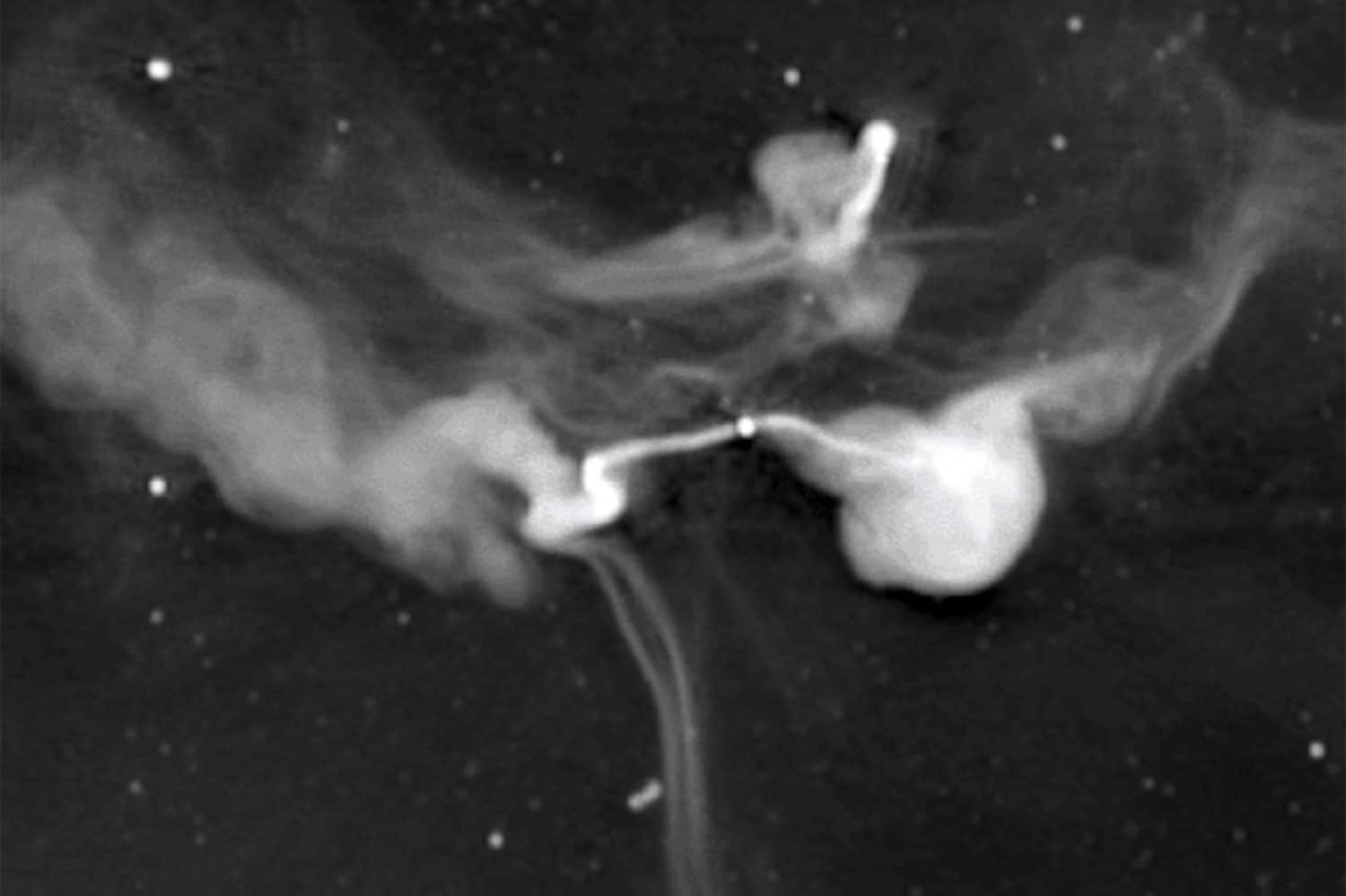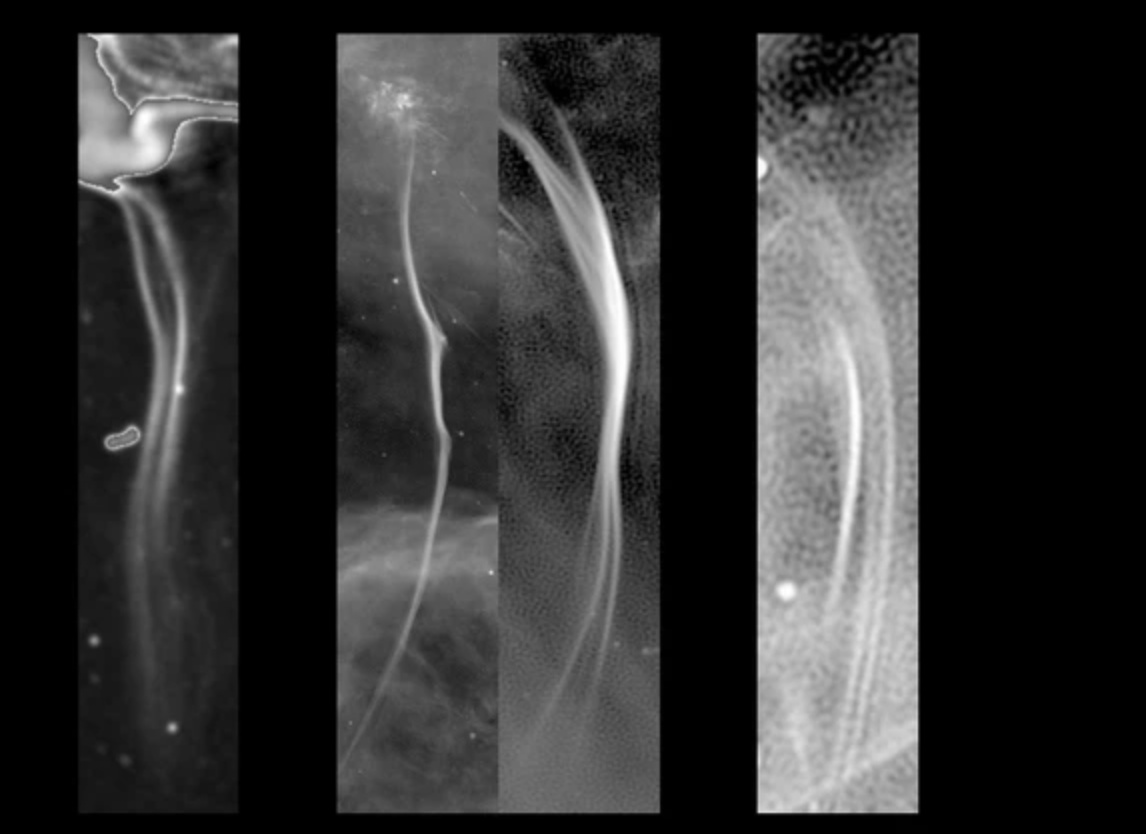A study of the Milky Way has revealed magnetized filaments in the inner part of our galaxy a few hundred parsecs from the Sun. These filaments are found around a supermassive black hole at the center of our galaxy. But the nature of the origin of these structures was one of the mysteries of astronomy. The process of studying these structures has also been very slow over the past few decades, partly due to the lack of similar filaments in other galaxies.

40 years later, astrophysicists at Northwestern University in Illinois for the first time presented two possible explanations for the unknown origin of these filaments. They suggested that the filaments may be the result of an interaction between large-scale wind and clouds, or may arise as a result of turbulence inside a weak magnetic field.
A find that fascinated scientists
These structures were first discovered in the 1980s. Then these structures puzzled and fascinated scientists. The amazing filaments were up to 150 light-years long. Over 40 years of observations, more than 1,000 such filaments have been found. Their study revealed that they consist of cosmic ray electrons moving along the magnetic field lines around the black hole. But the composition of the filaments could not explain the mystery of their origin in any way. Only the discovery of similar structures in other galaxies gave more opportunities for scientists to study the physical processes around the filaments.
“Stranger” filaments
A similar structure outside our galaxy resembles the filaments of our Milky Way in appearance, but there are some significant differences. For example, the filaments outside the Milky Way are much larger and up to 10,000 times longer than ours. Some of these extragalactic filaments are 200 parsecs long, which is about 650 thousand light-years. They also have weaker magnetic fields and are much older. Most of them propagate at an angle of 90° from the jets of the black hole into the huge void of the intracluster medium or the region hidden between clusters of galaxies.

The most interesting thing is that the found population has the same length-to-width ratio as the filaments of the Milky Way. It turns out that both groups use the same methods of energy transfer. The electrons in the filaments have more energy closer to the jet, but as they descend further, they become less energetic. The newly formed particles needed to form the filament can be created by the jet of a black hole, but an unknown force shoots these particles at amazing distances.
Scientists suggested that the origin of the filaments could be a simple interaction between the galactic wind and an obstacle, such as interstellar clouds or dust. When the wind orbits an obstacle, it creates a comet-like tail behind it.
“All these filaments outside our galaxy are very old. They have existed since almost another era of our Universe. However, they do not cease to fascinate us,” explained Astrophysicist Farhad Zadeh.
Earlier we reported on how James Webb found the most distant galaxy in the Universe.
According to Techexplorist
Follow us on Twitter to get the most interesting space news in time
https://twitter.com/ust_magazine

